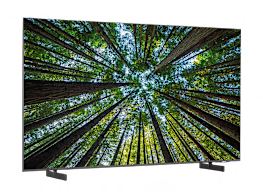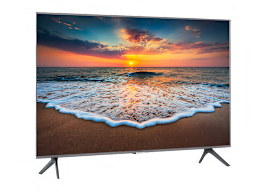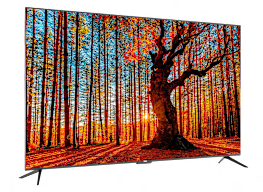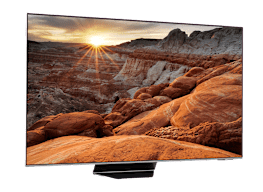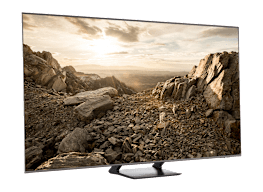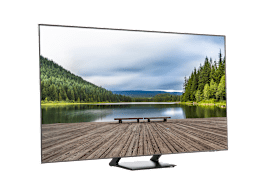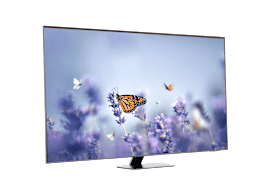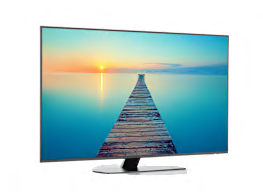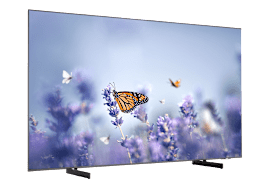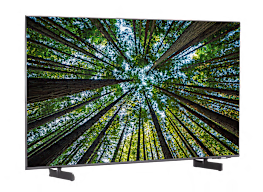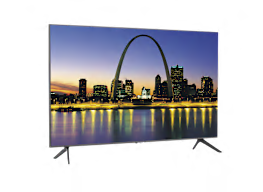Best TVs of 2023
Consumer Reports tests hundreds of televisions each year. These 4K sets sit at the top of our ratings.
When you shop through retailer links on our site, we may earn affiliate commissions. 100% of the fees we collect are used to support our nonprofit mission. Learn more.
If you’re in the market for a new TV, this can be an exciting time to go shopping. Retailers’ shelves are still stocked with a wide selection of 2022 sets and even some 2021 TVs, many at their all-time lowest prices. We’re also now starting to see—and test—the first 2023 sets. (Information on specific models, along with our full TV ratings, is available to CR members.)
Below, we list the best TVs you can buy right now. We’re spotlighting sets with 65-inch screens, an increasingly popular size, but you can also find smaller, less expensive versions of most of these models. And some of them are available in bigger screen sizes, too.
The TVs that perform best in CR’s testing tend to be pricier flagship models. But we’ve also included some great 65-inch 4K sets that cost less than $1,000, plus a few 70-inch and larger sets that are priced below (and some well below) $2,000.
CR is a nonprofit member organization that works to create a fair, safe marketplace. We buy every product in our ratings, from TVs to tablets. And we don’t accept ads.
LCD TVs vs. OLED TVs
Before you dive into the individual models, it pays to understand the two basic technologies used in today’s televisions: LCD TVs (also called LED TVs for the LED backlights that illuminate the screen) and OLED TVs, where each pixel generates its own light.
OLED sets do a great job of displaying the blackest parts of an image, so the deepest shadows can really look black, as in real life, rather than gray. OLED TVs also have essentially unlimited viewing angles, so the picture still looks great even if you’re not viewing the screen head-on.
Last year Samsung and Sony introduced a new type of OLED TV, called QD-OLED, that can produce a brighter overall image. (CR has conducted side-by-side testing of OLED and QD-OLED TVs.) And this year LG, which makes OLED TVs using a different technology (called WOLED), is promising to boost brightness on its best models.
But most TVs are LCD sets. While they generally can’t deliver OLED-like black levels, they get better every year, especially models that use full-array backlights, where the LEDs are spread across the entire rear panel instead of just along the edges. These models include a feature called local dimming, which divides the backlights into zones that can be dimmed or illuminated separately, depending on the scene. This can help improve black levels.
Some newer sets have Mini LED backlights, which use a large number of even smaller LEDs that can be divided into more zones and locally dimmed. We’ve found that Mini LEDs can help improve contrast and black levels, and reduce halos around the edges of bright objects displayed against a dark background.
Typically, only pricier TVs have full-array backlights with local dimming. Other sets are edge-lit, with the LEDs positioned on the sides of the screen. Some of these sets also include local dimming, but it tends to be less effective than in sets with full-array backlights. The best LCD TVs can create very bright, vivid images.
















